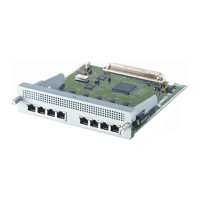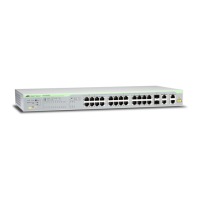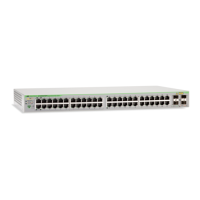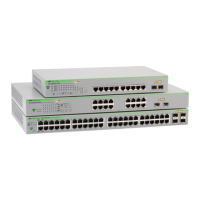Introduction Configuring LAG
Software Reference for SwitchBlade x3100 Series Switches (Layer Two Switching)
4-24
The hash select can be set at any time and persists across system or card reboots. When new LAGs are cre-
ated, their hash select will be determined by the switch-wide hash select setting. The SHOW SWITCH com-
mand can be used to view the configured hash select.
Using this SBx3112-specific command
SET SWITCH HASH SELECT, the user controls the global hash selection
setting. The SHOW SWITCH
command includes a field to display the current hash selection setting, and the
SHOW LAG
command uses the existing “Select Criteria” field to show the current hash selection setting.
officer SEC>> show switch
--- Switch Configuration ------------------------------------------------
Learning.............................. On
Ageing Timer.......................... On
Ageingtimer........................... 300
Age-Only FDB Clear.................... Off
Number of SM Ports.................... 48
Number of NM Ports.................... 0
Number of HVLAN....................... 0
Number of Standard VLAN............... 1
Number of UFO VLAN.................... 0
Hash Select........................... ALL
4.3.2 Configuring LAG
4.3.2.1 Default Configuration
When an SBx3112 switch is initially booted up, LAG is configured as follows:
• There are no LAGs configured. (‘No LAGs currently exist’)
4.3.2.2 Configuration Guidelines
Following are the provisioning rules to follow when creating LAG groups:
• The SBx3112 supports a maximum of 127 LAGs configured on the system at one time. A maximum of eight
member ports per LAG is supported.
• The LAG group ID (lag-ID) can be defined using an interface as well as a set of interfaces.
• Other features, such as VLAN and STP, can be configured against the lag-id or LAG interface ID.
• All ports in the LAG group must share the same untagged and tagged VLAN configuration.
Note: For interoperability of switches from different vendors, the control of data traffic involves the Link
Aggregation Control Protocol (LACP, defined in IEEE 802.3ad), which contains rules for configuring
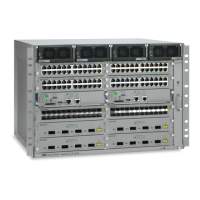
